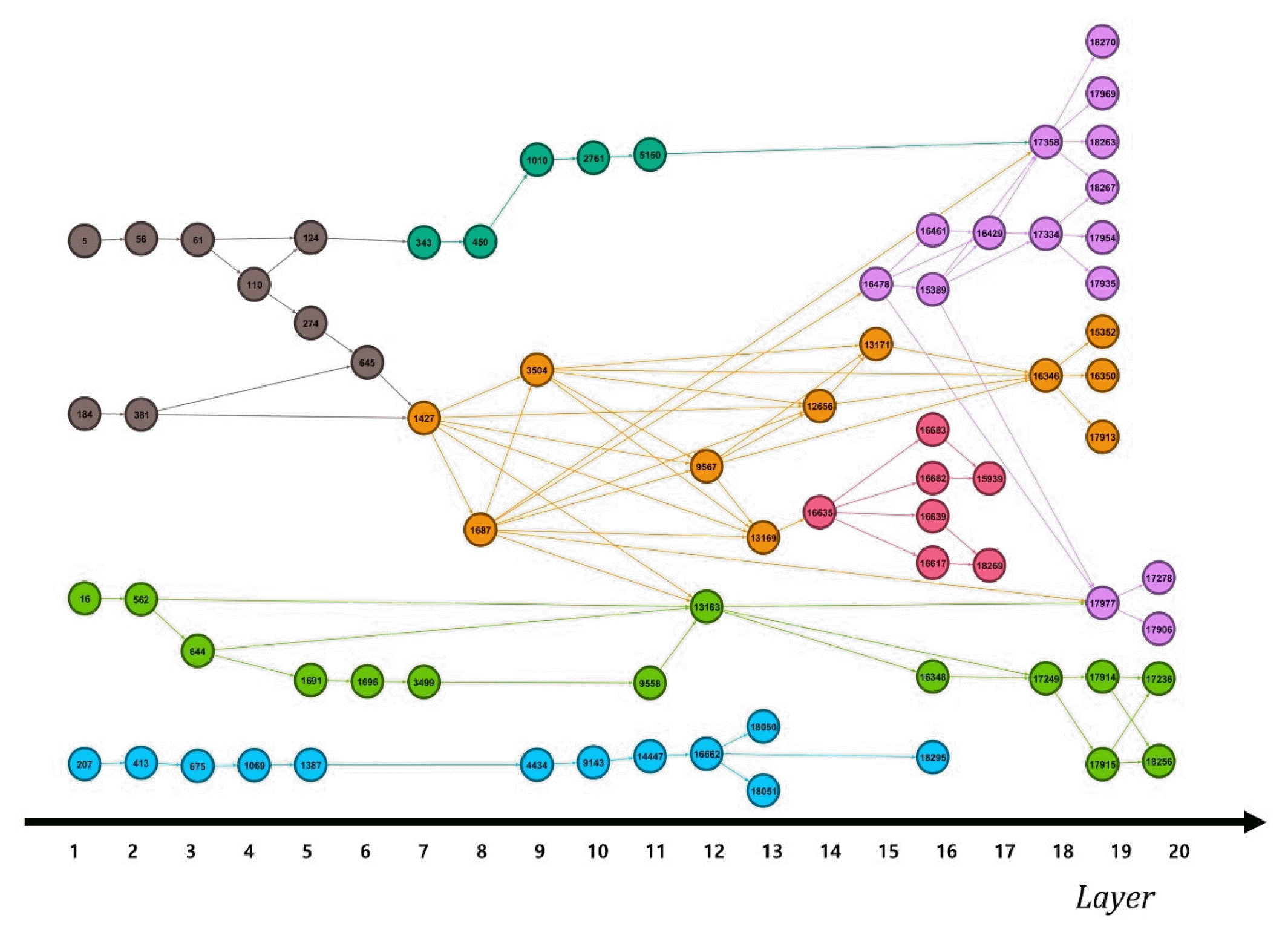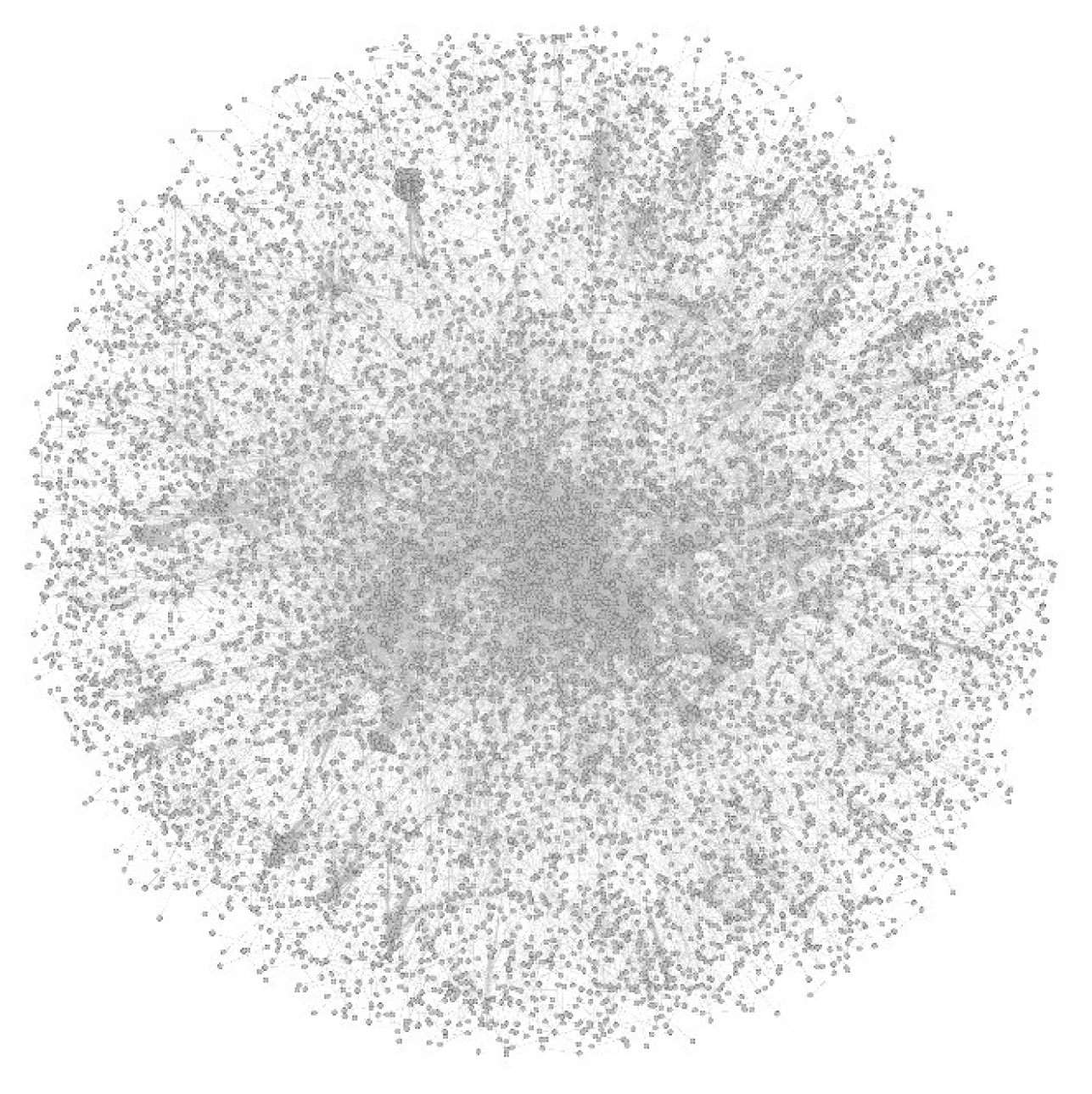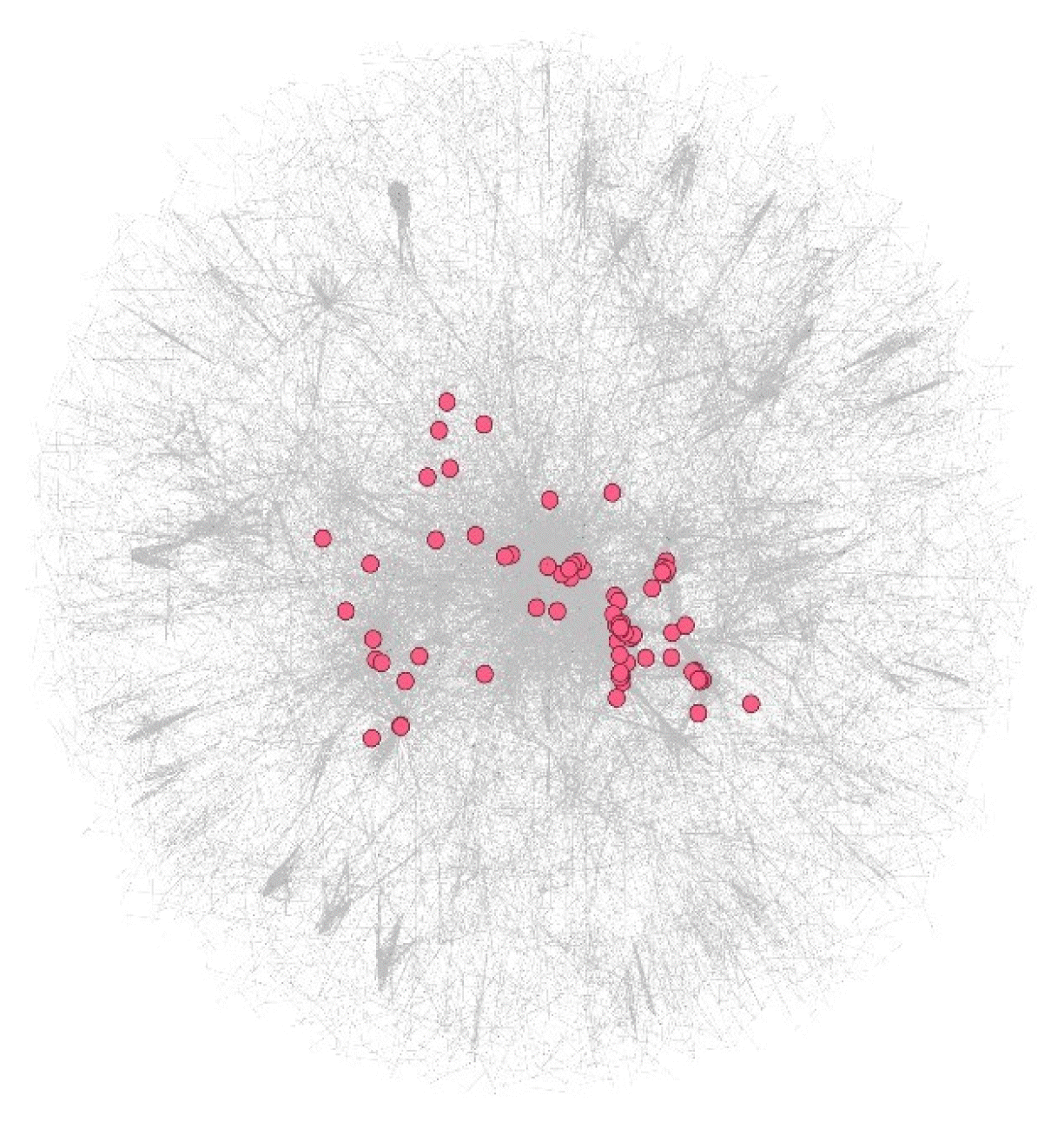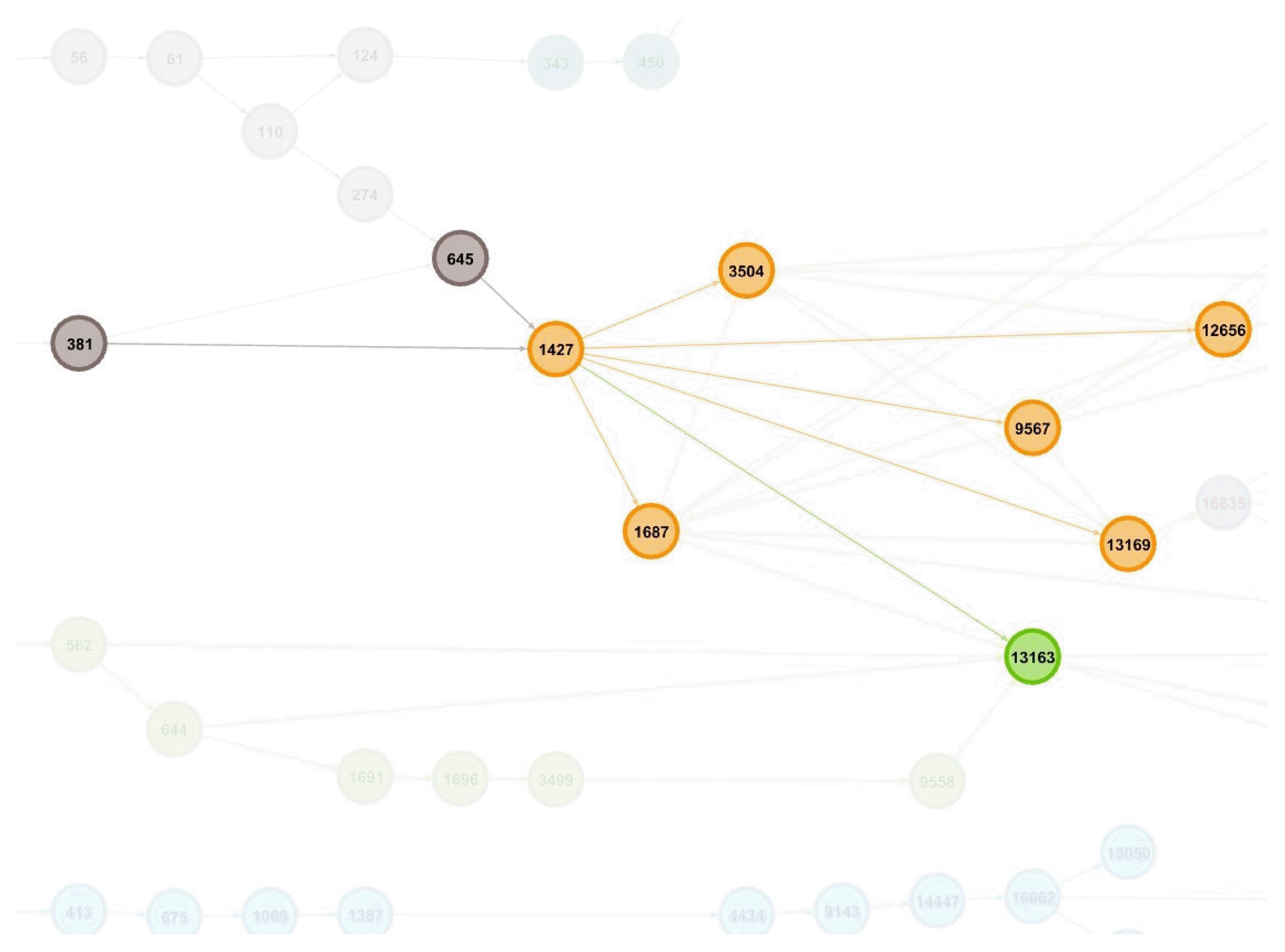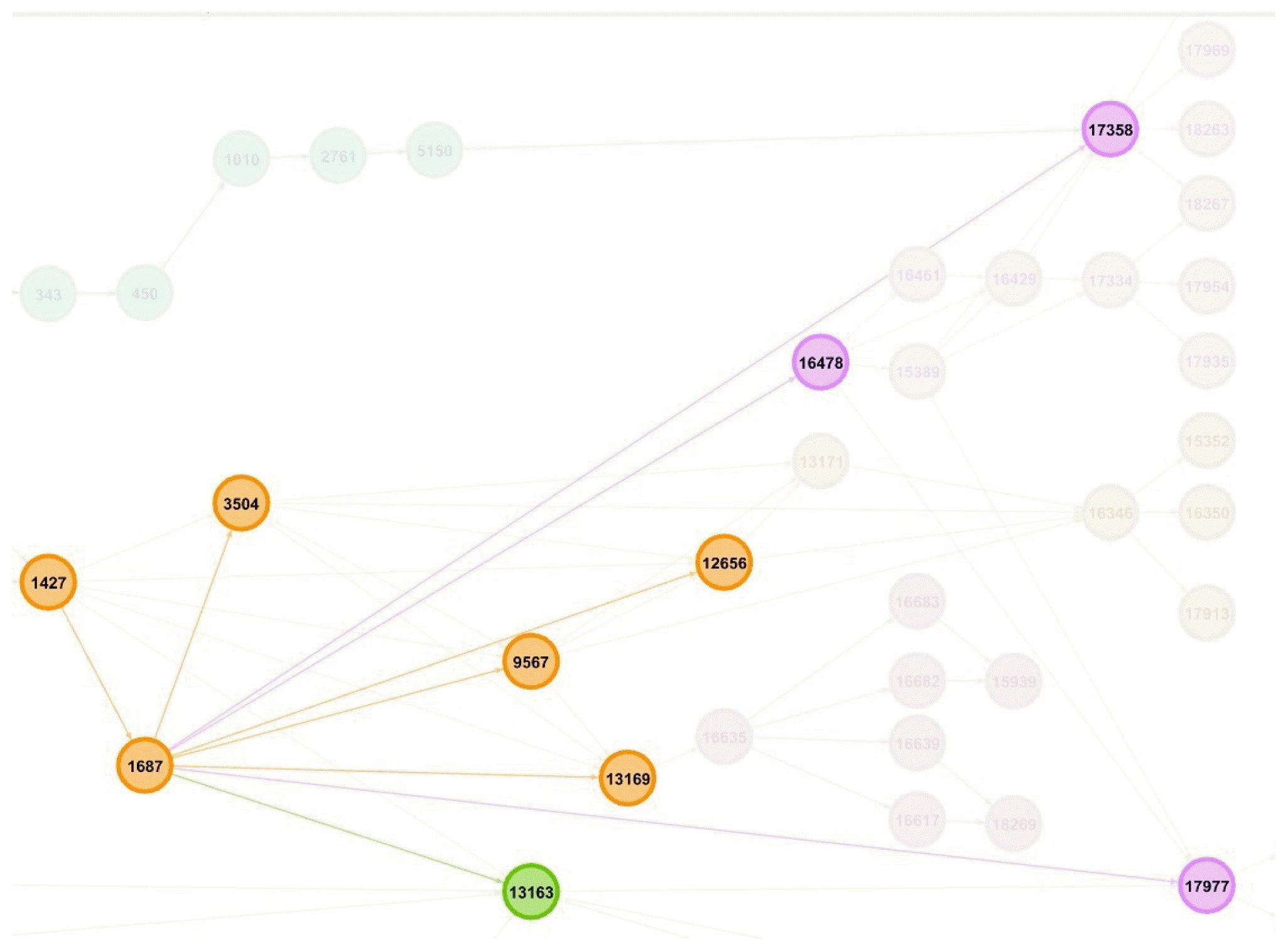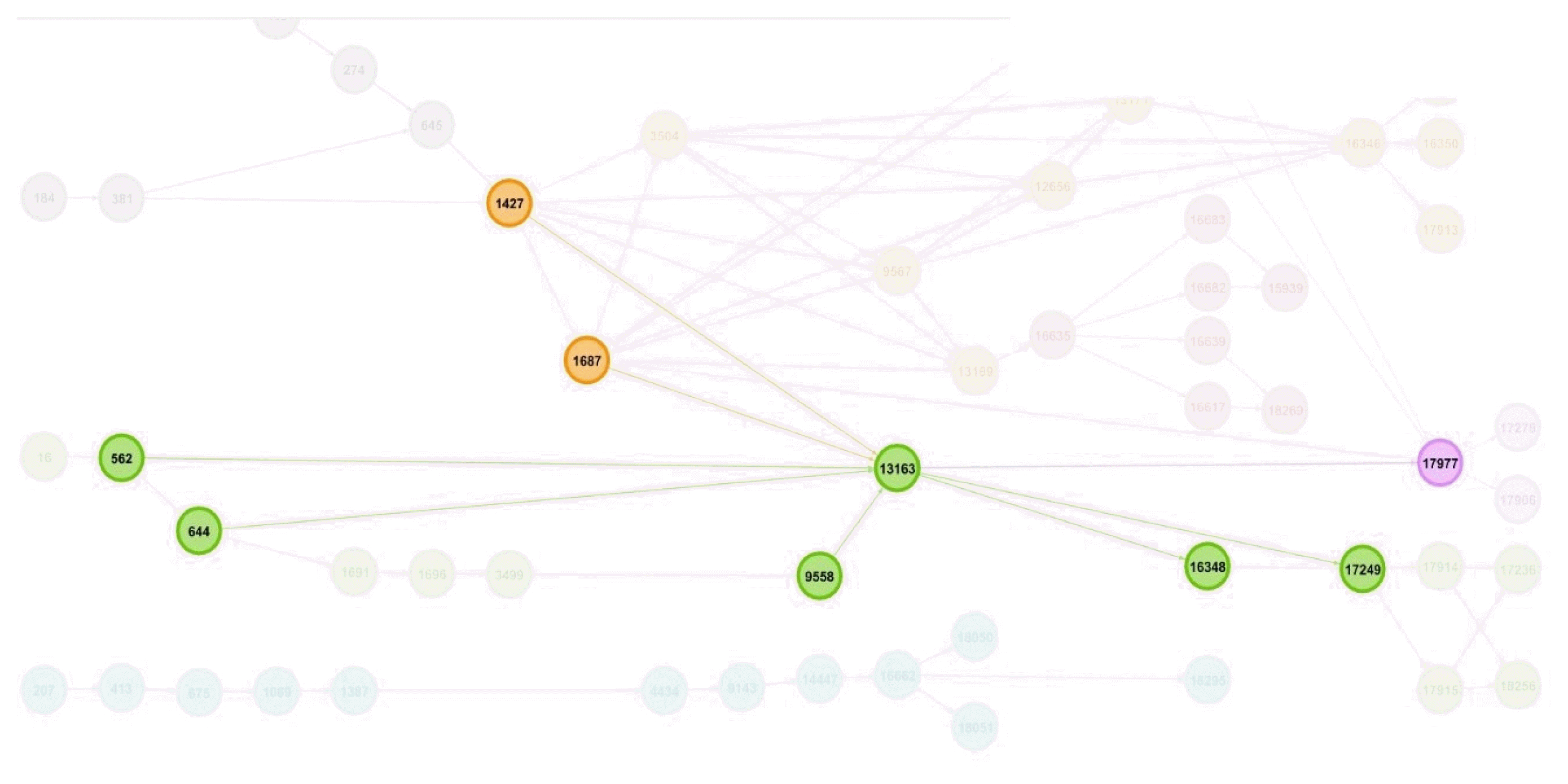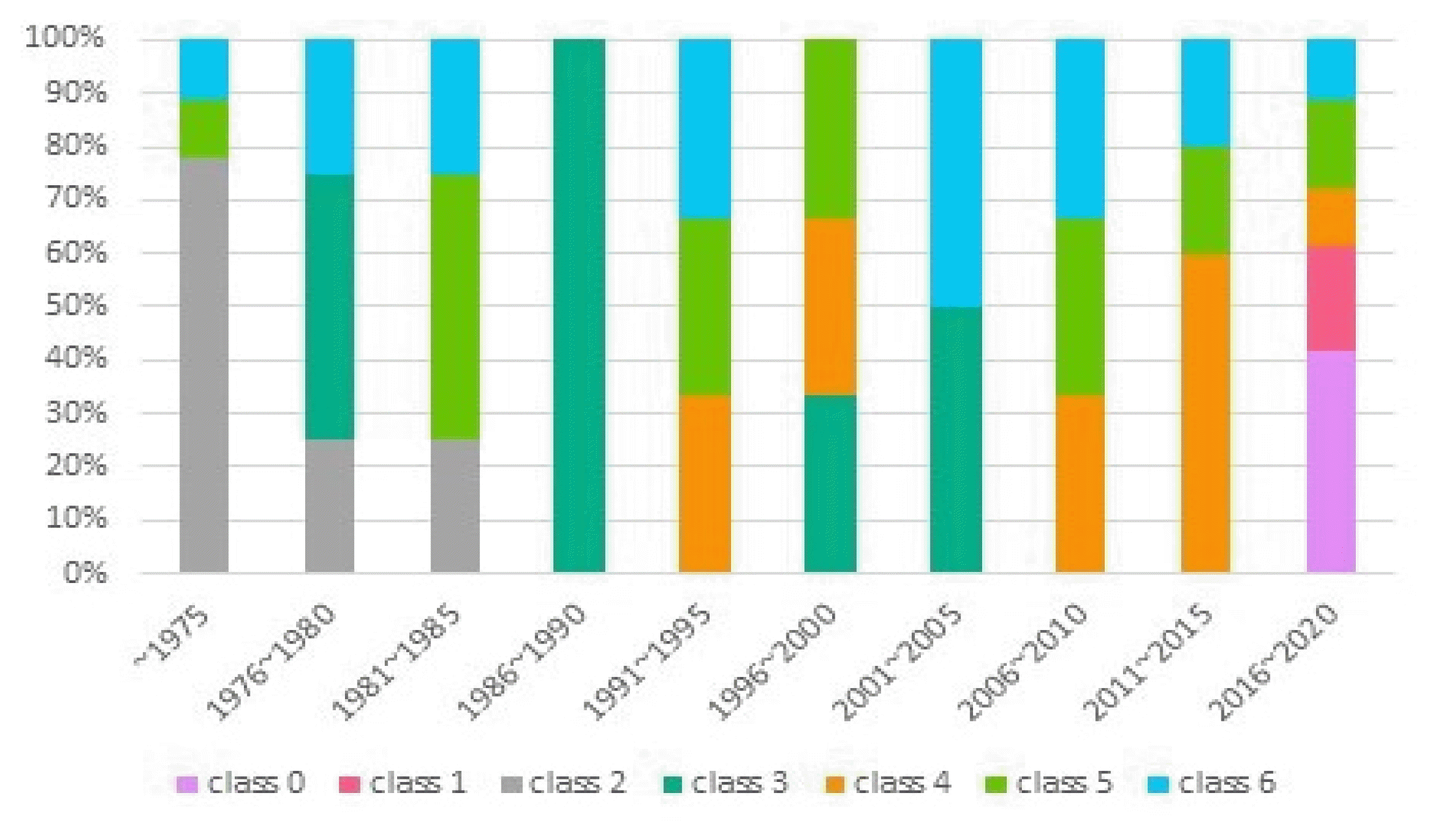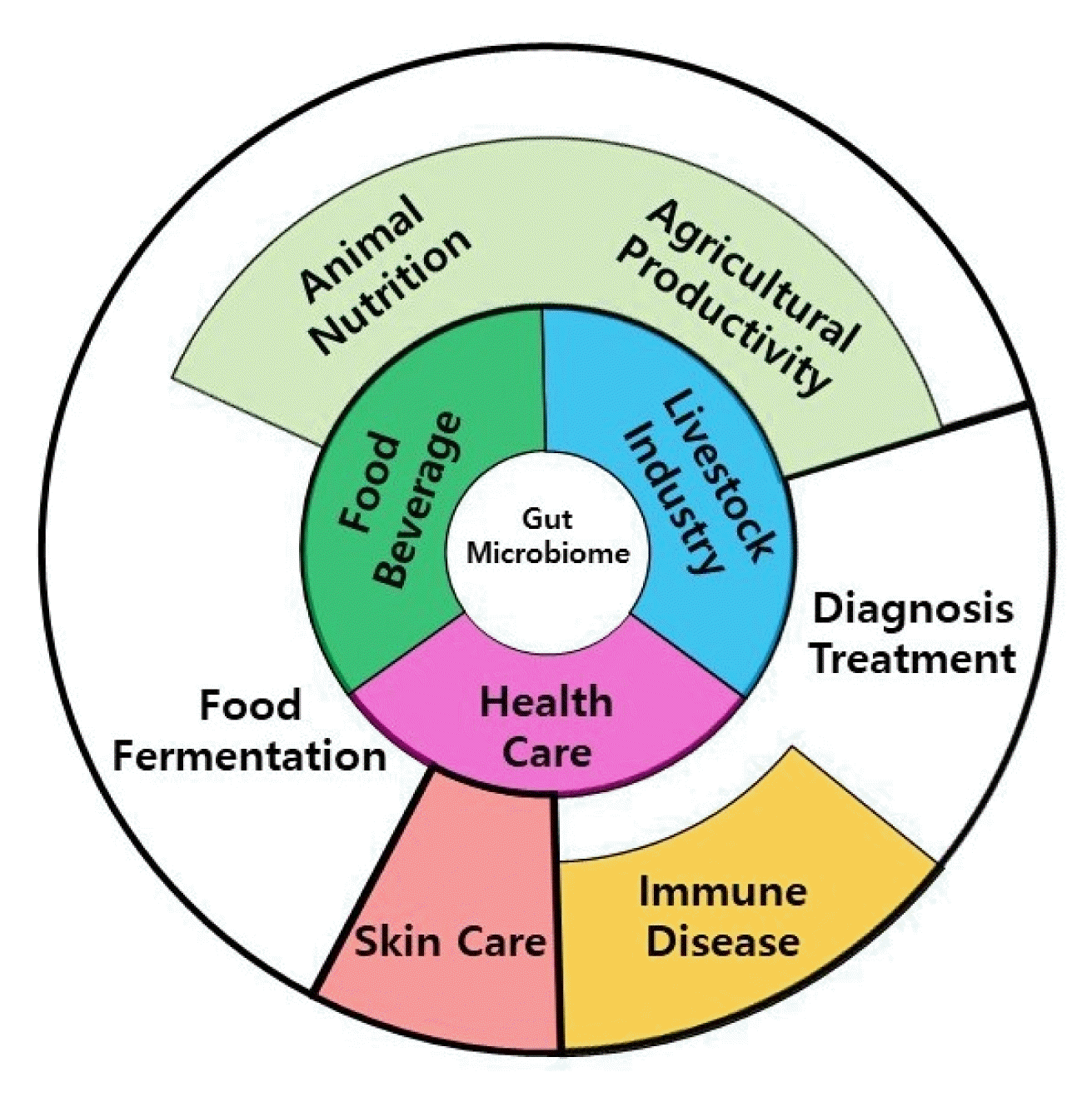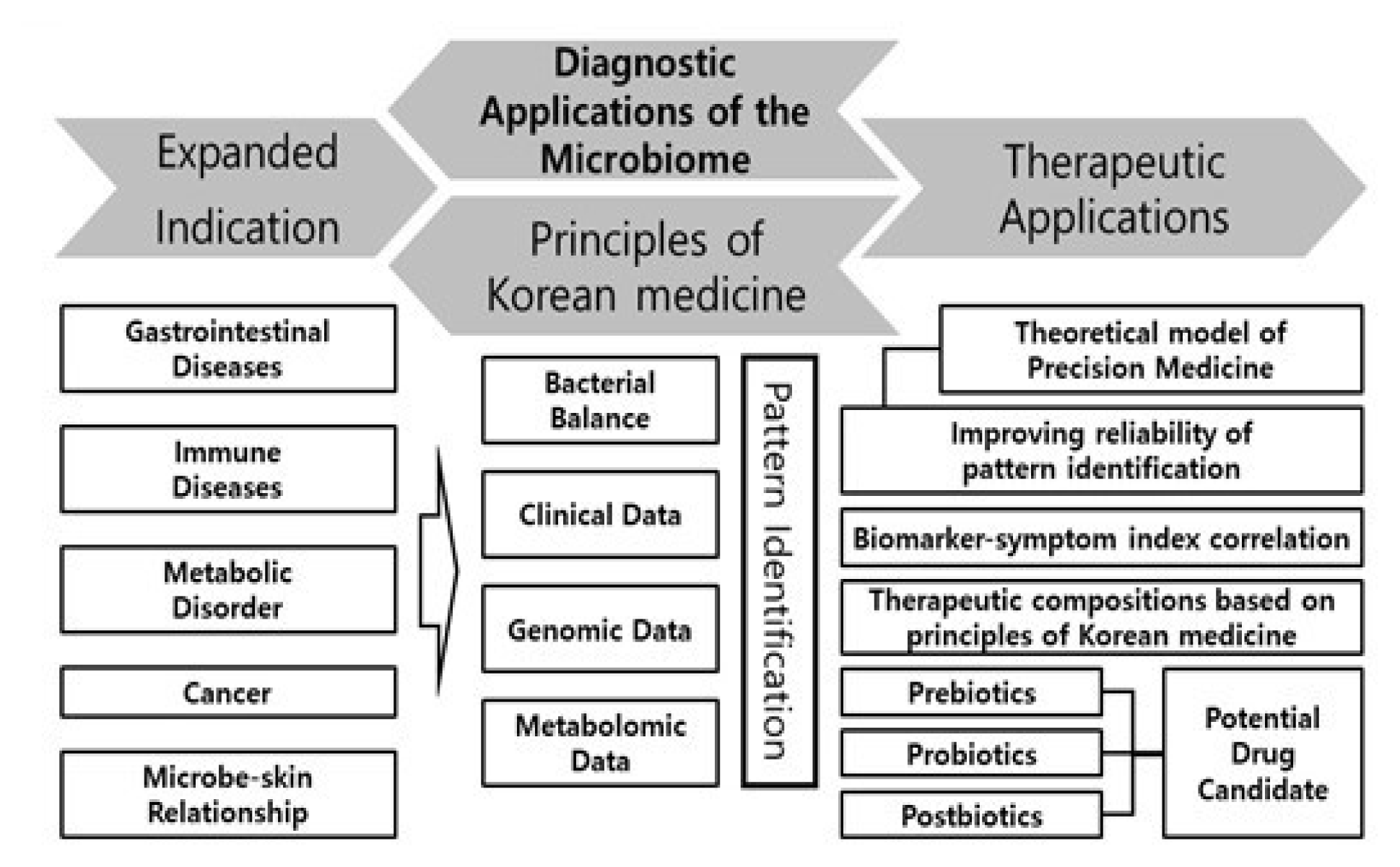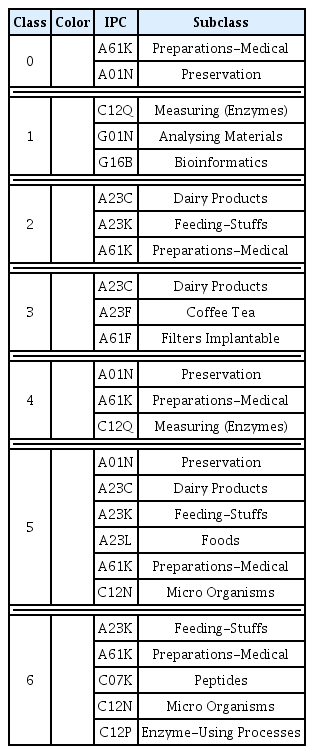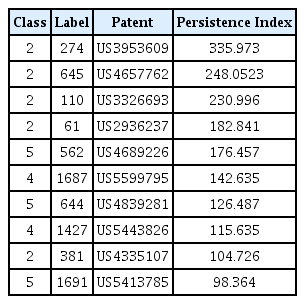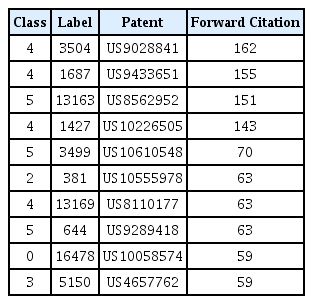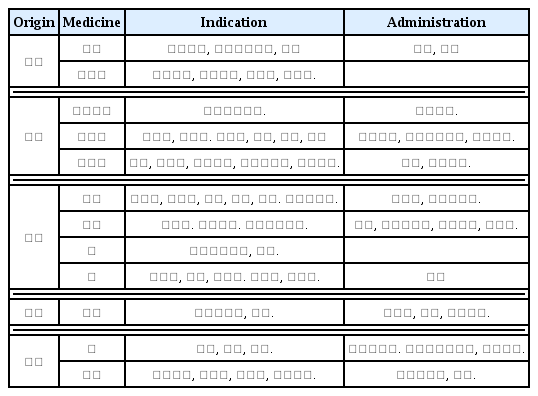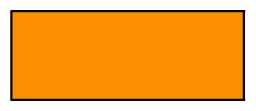References
2. Kim BY. 2017. Trends in Human Microbiome Research. BioINpro 33Biotech Policy Research Center. p. 1–17.
4. Korea Istitute of Oriental Medicine. 2012. Patent trends in diagnosis, herbal medicine treatment, acupuncture treatment, and information technology of oriental medicine Daejeon/Korea: Korea Istitute of Oriental Medicine.
5. Jung JS, Lee YJ, Kim JU, Kim KH. 2013;Analysis of patent trends of computerized tongue diagnosis systems. The Journal of the Society of Korean Medicine Diagnostics 17(2):77–89.
6. Park C-S, Hwang Y-S, Koo S-T. 2011;Review on the Stimulating Technologies of Acupuncture Points in the Patents. Korean Journal of Acupuncture 28(3):113–126.
7. Woo S-C, Kang J-C, Kim S-Y, Park J-Y. 2017;Review on the Pharmacopuncture Patent in Korea. Korean Journal of Acupuncture. Society for Meridian and Acupoint 34(4):191–208.
https://doi.org/10.14406/acu.2017.028
.
8. Kim D-I, Kim S-H, An I-S, Choi M-S. 2014;Analysis of Patent Information for the Development of Korea Traditional Herbal Formulation for Acne and that of Functional Cosmetics. The Journal of Korean Obstetrics and Gynecology 27(3):104–115.
https://doi.org/10.15204/JKOBGY.2014.27.3.104
.
9. Lee JH, Moon BC, Nam HH, Kim JS. 2020;Analysis of trends in patents on insect-derived medicinal materials for skin diseases. The Korea Journal of Herbology 35(2):39–46.
https://doi.org/10.6116/KJH.2020.35.2.39
.
10. Lee JH, Moon BC, Kim JS. 2020;Analysis of trends in patents on insect medicinal materials for brain diseases. Korean Herbal Medicine Informatics 8(1):1–12.
https://doi.org/10.22674/KHMI-8-1-1
.
13. Jin HJ, Lee Y, Yu H, Lee S. 2015;Analyzing Patent Trend of Mibyeong. Journal of Society of Preventive Korean Medicine 19(3):21–28.
14. Jin HJ, Lee S. 2012;Patent Trend Report about Oriental Medicine: The Korea Institute of Oriental Medicine-oriented. The Journal of the Korea Contents Association 12(6):223–229.
https://doi.org/10.5392/JKCA.2012.12.06.223
.
15. Yang JH. 2019. Global Microbiome Market Status and Prospects Healthcare Field. BioINdustry 136(2019-4)Biotech Policy Research Center. p. 1–11.
18. Yoon M. 2020;Analysing Technological Trajectories and the Industrial Evolution of a Fuel Cell Using Patent Citation Data. The Journal of Intellectual Property 15(3):255–292.
https://doi.org/10.34122/jip.2020.09.15.3.255
.
19. Martinelli A, Nomaler Ö. 2014;Measuring knowledge persistence: a genetic approach to patent citation networks. Journal of Evolutionary Economics 24(3):623–652.
https://doi.org/10.1007/s00191-014-0349-5
.
21. Yoon S, Mun C, Raghavan N, Hwang D, Kim S, Park H. 2021;Hierarchical main path analysis to identify decompositional multi-knowledge trajectories. Journal of Knowledge Management 25(2):454–476.
https://doi.org/10.1108/JKM-01-2020-0030
.
23. Hu YF. 2005;Efficient and high quality force-directed graph drawing. The Mathematica Journal 10(1):37–71.
24. Choo K. 2018;The Determining Effects of the Backward Citations on the Attributes of Patent Quality : Using the Korean Patent Citations. Journal of Korea Technology Innovation Society 21(3):1127–1154.
27.
Article 27, Paragraph 1 of the Medical Service Act
28.
The Seoul Administrative Court sentenced on October 10, 2008, and the judgment of 2008 Guhap11945
29. Lee SH. 2010;Trends in Chinese Medicine Technology and Policy for Improving Quality of Life and Succession and Development of Traditional Medicine. Korea Institute of S & T Evaluation and Planning Trend Brief 2010(10):1–34.
32. World Health Organization. Regional Office for the Western Pacific. 2007. WHO international standard terminologies on traditional medicine in the Western Pacific Region WHO Regional Office for the Western Pacific;
https://apps.who.int/iris/handle/10665/206952
.
